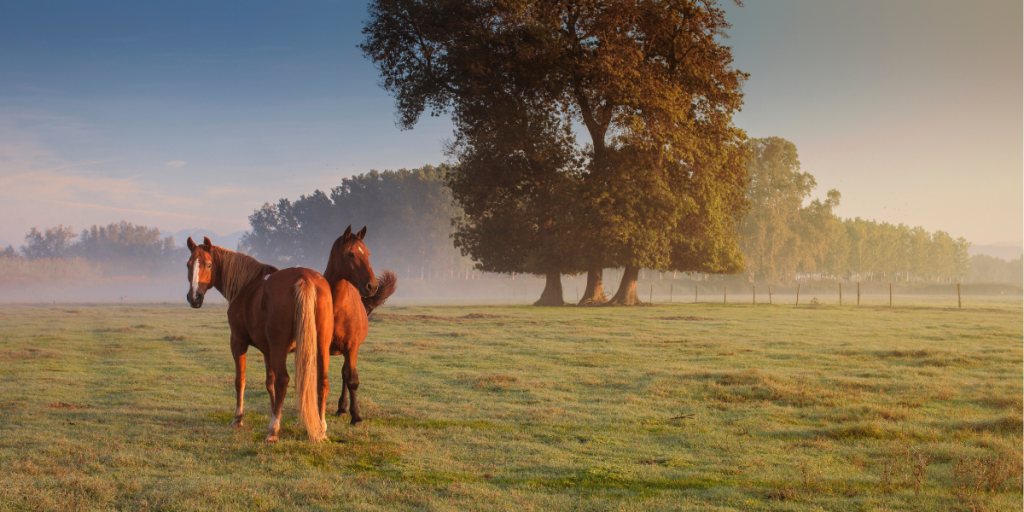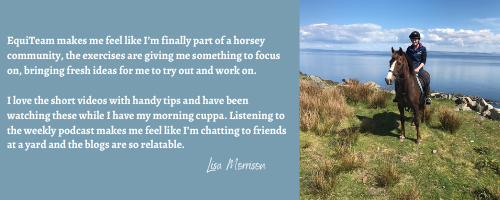When we think of training, we often picture schooling sessions, jumping courses, lessons or clinics, or hours spent perfecting our position in the saddle. But what if non-training days are just as valuable?
It can be easy to feel ‘guilty’ for giving your horse a couple of days off – but rest days are not wasted time – they are a vital part of both horse and rider development. In fact, without proper recovery, all the hard work you put into training may never reach its full potential.
Here’s why:
Rest days for the horse rider
1. Muscle Recovery
Just like any athlete, riders put stress on their muscles, joints, and core during training. Rest days allow the body to repair micro-tears in muscle fibres, making you stronger for your next session.
2. Preventing Burnout
Constant training without breaks can lead to fatigue, irritability, and even loss of motivation. A day off provides the mental reset needed to return to the saddle with focus and energy.
3. Active Rest Options
Rest doesn’t have to mean sitting on the sofa (though sometimes that’s exactly what’s needed!). Try:
- Going for a walk
- Using our Fit to Ride library to find some strength and stretching exercises
- Breathing or mindfulness exercises to train focus
Rest days for your horse
1. Physical Recovery
Training puts stress on a horse’s muscles, tendons, and joints. Without recovery, small strains can accumulate into injury. A rest day or two gives their body the chance to repair and adapt.
2. Mental Downtime
Horses, like humans, benefit from a break in training. A day in the field, some relaxed groundwork, or a quiet hack helps them decompress and prevents training from becoming stressful.
3. Alternatives to Complete Rest
Every horse is different, and rest doesn’t always mean doing nothing. Many horses thrive on “active rest,” which can include:
- In-hand exercises
- Low-stress groundwork
- Pole work in walk to gently mobilise the body
How Rest Days Fit Into Training
Think of recovery as part of the training cycle, not a pause from it. When scheduling your week, build in:
- 1–2 rest or light days depending on intensity of training and competition schedules.
- Post-competition downtime to allow both horse and rider to reset before the next challenge.
- Seasonal breaks (after a big competition or show season) to allow a big breath, to process and recharge.
In Summary
Training is about progress – but progress only happens when body and mind have time to adapt, repair, and recharge. By embracing rest days as training days, you’ll not only protect the health and happiness of both you and your horse, but also build a stronger, more sustainable partnership in the saddle.
Remember every horse is different – what one horse needs will be different to the next – plan your own journey on what you and your horse needs and what fits your schedule.
Don’t forget to use your weekly planner – download your weekly planner here.






